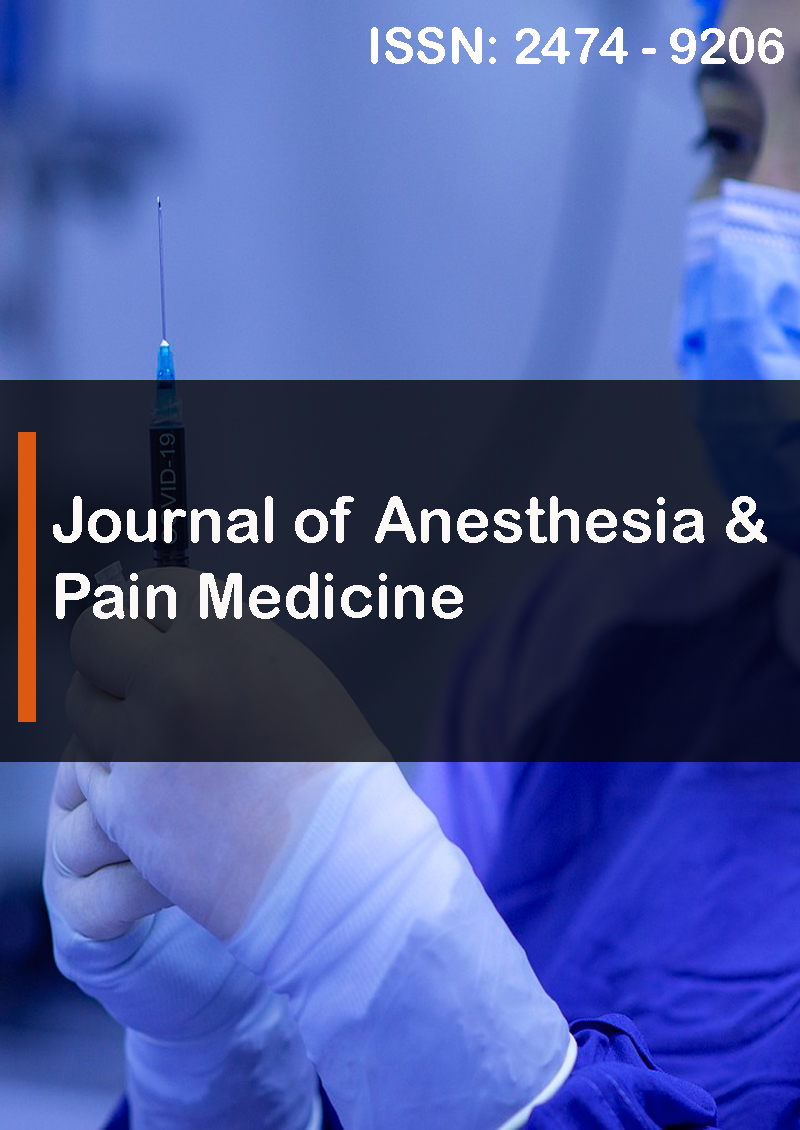Diastolic Ventricular Insufficiency and Use of Anesthetics
Abstract
Sofia Doria Castro, Nixon Martin Burbano Erazo, Luisa Fernanda Mesa Rodriguez, Maria Fernanda Landinez Cordero, Camilo Andres Benavides Pai, Santiago Andres Tapia Mora, Francisco Alberto RodrÃÂguez Lee, Yudy Andrea Chicaiza Guerrero
Heart failure is a pathology that generates a progressive deterioration that little by little compromises the functional capacity of the individual who suffers from it, affecting the ability of the heart to pump blood to the body adequately. Regarding its prevalence in general, it can affect from 1% to 14% of the population in the United States and Europe. In Colombia, according to a study published in 2012, heart failure has a prevalence in the general population of 2.3%, with 67.5% being heart failure with preserved EF. This is classified according to the ejection fraction of the patients, which may be preserved or decreased. Diastolic ventricular dysfunction is of the type with normal ejection fraction. Its incidence varies in critically ill patients between 40 and 80%, the use of anesthetics in these patients has not been much studied, and however, some very important considerations can be taken into account when applying them.
Methodology A narrative review was carried out, in which different databases were used such as Scielo, PubMed, Sciencedirect, academic google, among others. The selection of articles was made through indexed journals in English and Spanish languages from 2010 to 2021 that met the selection criteria.
Results Diastolic dysfunction includes an alteration in diastolic ventricular compliance; that is, it affects cardiac filling, when theventricle is relaxed. It is a condition in which, to sustain normal cardiac output, the filling pressure is increased. Patients with diastolic ventricular failure. Most anesthetics reduce sympathetic tone, which decreases venous return due to an increase in the compliance of the venous system, arterial vasodilation, and a decrease in blood pressure, thus generating a greater alteration in diastole, and consequently in preload.
Conclusions The use of anesthetics in diastolic insufficiency should be further studied due to the implications it has at the cardiovascular level when inducing a patient. Being these more sensitive to hemodynamic changes, and cavitary pressures that generates a high risk of imminent decompensation during the procedures to which these patients undergo regardless of whether they are cardiac or not.



